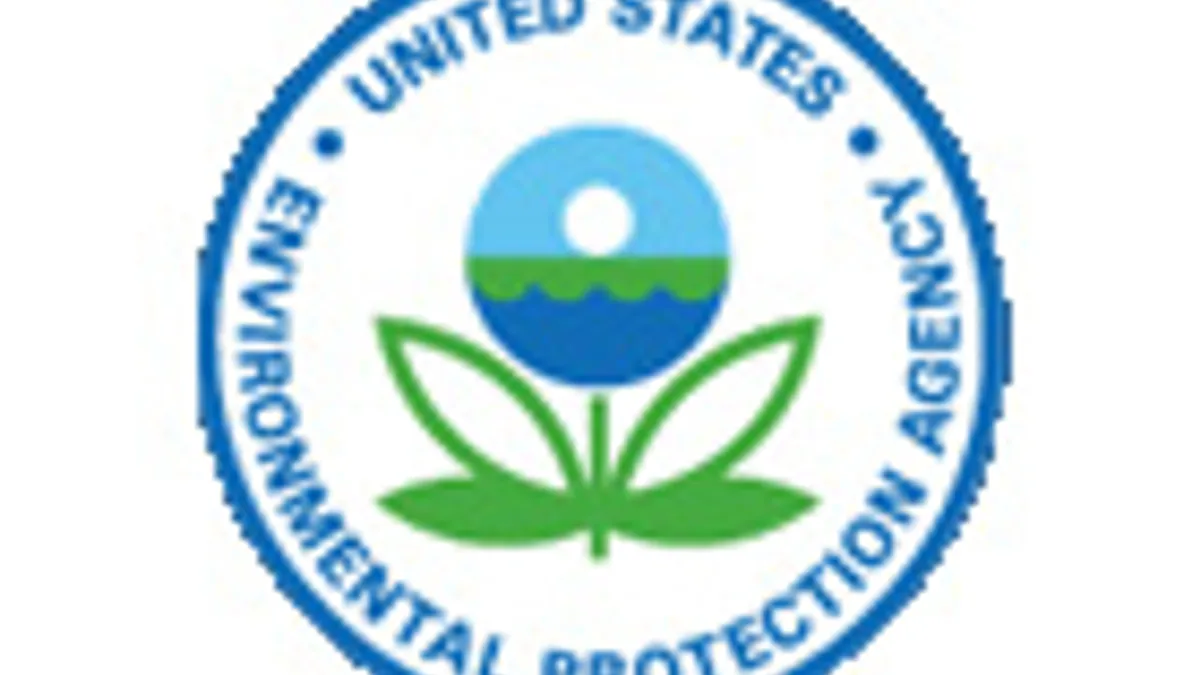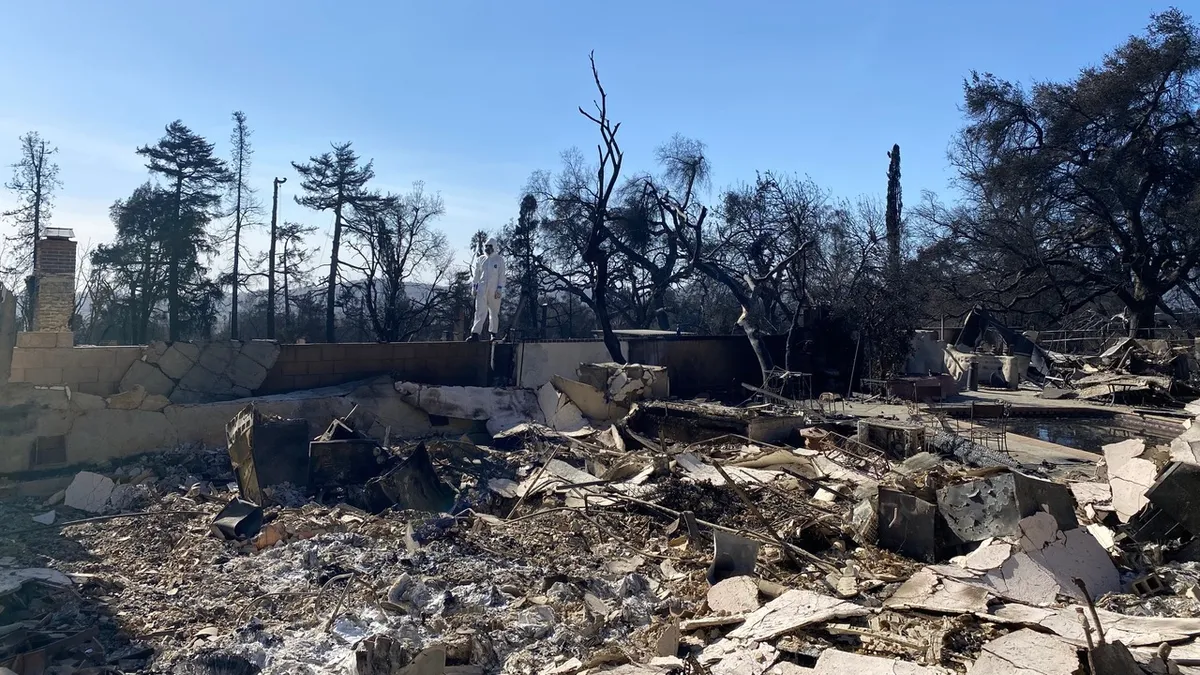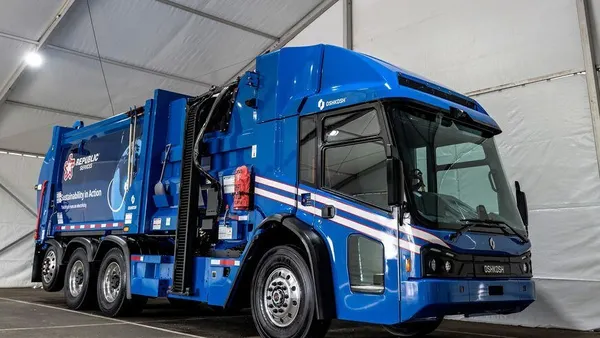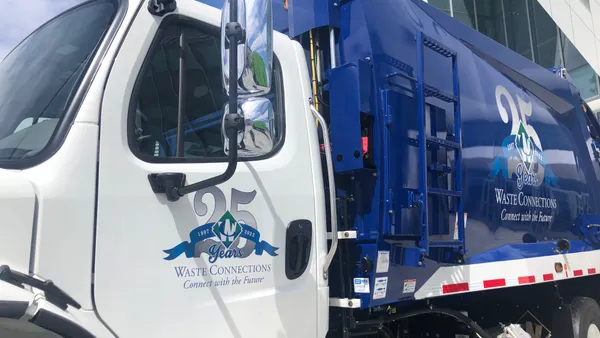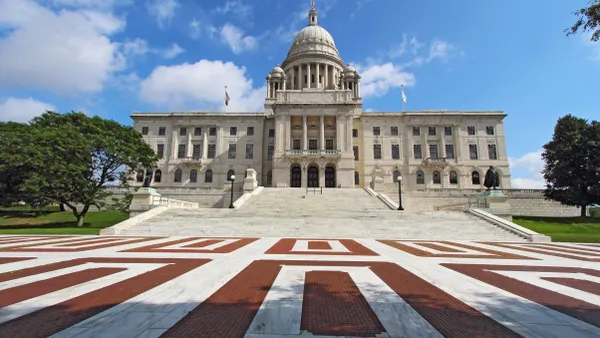Dive summary:
- Plastic materials recovered from metal recycling facilities, shredder residue and automobiles will now be able to be recycled thanks to a new interpretation of regulations by the EPA.
- The EPA says the interpretation applies to plastic scraps that contain levels of polychlorinated biphenyls (PCBs) which are less than 50 parts per million.
- The EPA stated that anything with less than 50 ppm should have no negative health impacts on humans and should help encourage more recycling.
From the article:
EPA said its interpretation would generate environmental benefits and protect human health by promoting recycling and preventing PCBs from entering the environment.
EPA acknowledged it could not always determine the source of PCBs in the plastics, and said the exclusion would not apply to plastics containing PCB concentrations greater than 50 parts per million.
Section 6(e) of the Toxic Substances Control Act generally prohibits the manufacture, processing, distribution, and use of PCBs, but a list of “excluded PCB products” have been classified by EPA as suitable for use, processing, and distribution. Those products must typically have concentrations of PCBs less than 50 parts per million (40 C.F.R. pt. 761.20(a) and (c)). ...


